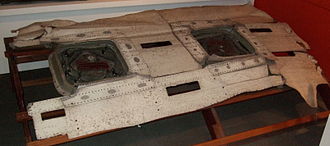As well as the advances in engineering, it is worth considering the comfort of the passengers. It is often thought that the more natural light in the cabin the better the experience for the passengers. More light increases the feeling of space, and can even reduce the fatigue experienced as a result of air travel. Whether or not there is much science in this I do not know.
Some Aircraft manufacturers use the window sizes as a big selling point. Gulfstream aircraft, for example, allow in more light than any comparable aircraft due to their oval shaped windows. In an attempt to compete Dassault are putting more windows on their newer Falcon 8x and Falcon 5x models.
Both companies have also introduced windows in the galleys in some models (Dassault famously with the 'sky light') as this is typically the darkest and narrowest part of the cabin. In the cabin configurations most typical in Europe, the galley is at the very front of the cabin and is the first thing you see when you enter the aircraft. I think it is safe to say that it is much nicer to walk into a bright, airy space than a dark, narrow corridor.
Gulfstream 650 window details:
Sixteen large Gulfstream panoramic windows, each 28 by 20.5 inches/71
by 52 centimeters, allow abundant sunlight into the cabin, even in the
galley. Every window has been repositioned higher on the fuselage to
maximize viewing comfort*
http://www.gulfstream.com/aircraft/gulfstream-g650
Falcon 5X window & 'skylight' details:
Increased natural light does more than improve the view. It elevates
your mood and enlarges your perspective. The 28 large, expansive
windows of the 5X provide unbeatable luminosity.
The Falcon 5X offers an unprecedented direct view of the sky overhead
through its skylight ceiling window. This unique window on the sky
transforms your perception of space while providing natural light from
above.
http://www.dassaultfalcon.com/en/Aircraft/Models/5X/Pages/overview.aspx

